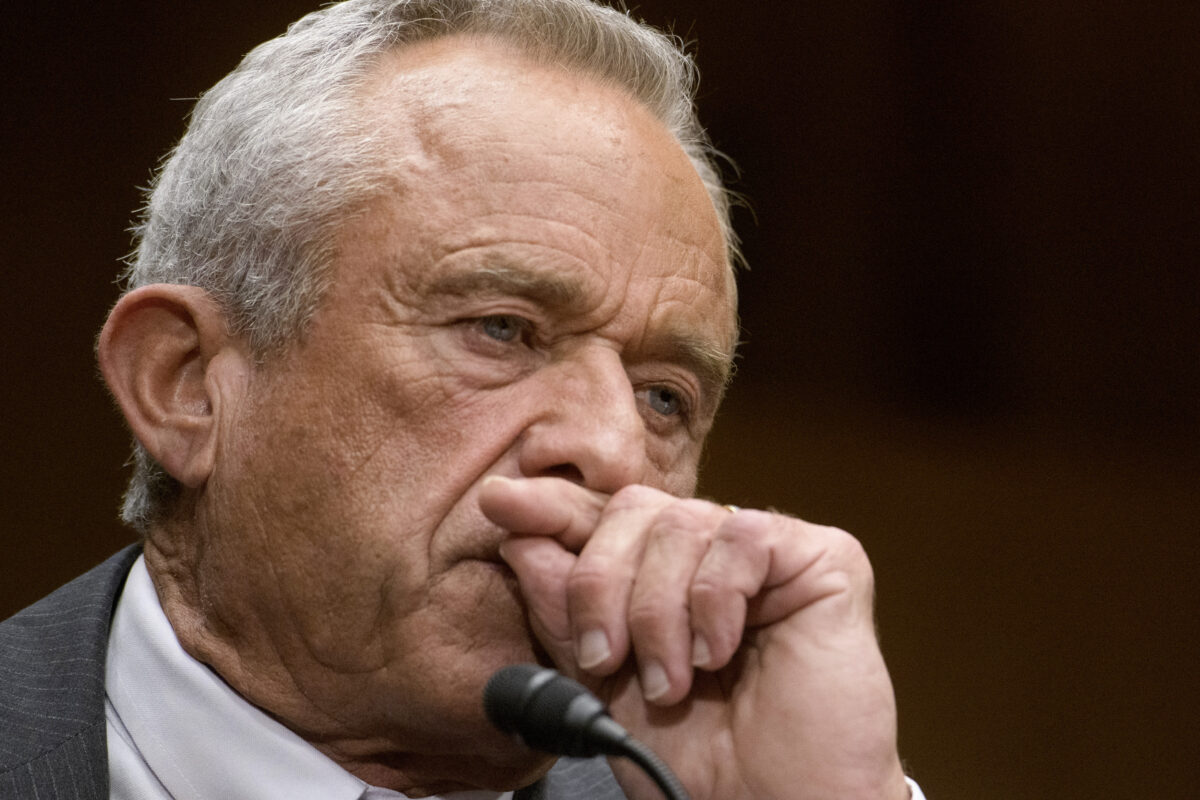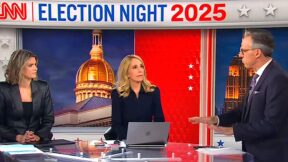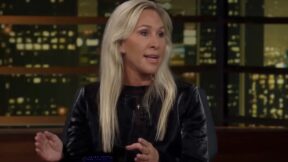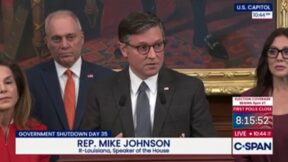Trump’s HHS Purges Office Behind Poverty Guidelines — Slashing Team That Determines Medicaid, Food Aid Eligibility

AP Photo/Rod Lamkey, Jr.
The Trump administration’s latest reported purge at the Department of Health and Human Services (HHS) may be one of its most consequential yet — silently dismantling the small, crucial office that calculates the federal poverty line used to determine eligibility programs for everything from Medicaid to food stamps.
The now-defunct team, which had worked out of HHS’ Office of the Assistant Secretary for Planning and Evaluation (ASPE), was responsible for adjusting Census Bureau poverty figures for inflation under a 1981 appropriations bill and thereby producing the guidelines that serve as the backbone for benefit programs reaching over 80 million Americans. The absence of a functioning poverty calculation system could present a looming eligibility cliff for low-income families.
According to a new report by KFF Health News, every single member of the team was dismissed without warning.
“I suspect they RIF’ed offices that had the word ‘data’ or ‘statistics’ in them,” said a social scientist, one of the laid-off employees, who KFF Health News agreed not to name for fear of retaliation. “It was random, as far as we can tell.” (RIF stands for “reduction in force,” a bureaucratic phrase for layoffs.)
“There’s literally no one in the government who knows how to calculate the guidelines,” the division’s fired director Robin Ghertner told the outlet. “And because we’re all locked out of our computers, we can’t teach anyone how to calculate them.”
The cuts are part of a sweeping reduction that’s seen HHS lose 20,000 employees since President Donald Trump’s return to office, with entire offices eliminated in what insiders described to CBS News as a data-blind culling. Former staffers say the decisions appear to have been made without regard to legal obligations or operational continuity.
“If you’re thinking of someone you fired who should be rehired, [Kendall] Swenson would be a no-brainer,” said Timothy Smeeding, a professor of economics, referring to the longtime leader of the poverty guideline development team.
Former employees of the office told KFF Health News that they had worked in support of the administration’s objectives, as required.
“We were trying to support the MAHA agenda,” the social scientist said, referring to Secretary of Health and Human Services Robert F Kennedy Jr.’s “Make America Healthy Again” rubric.
“Even if it didn’t align with our personal worldviews, we wanted to be useful,” one said.




